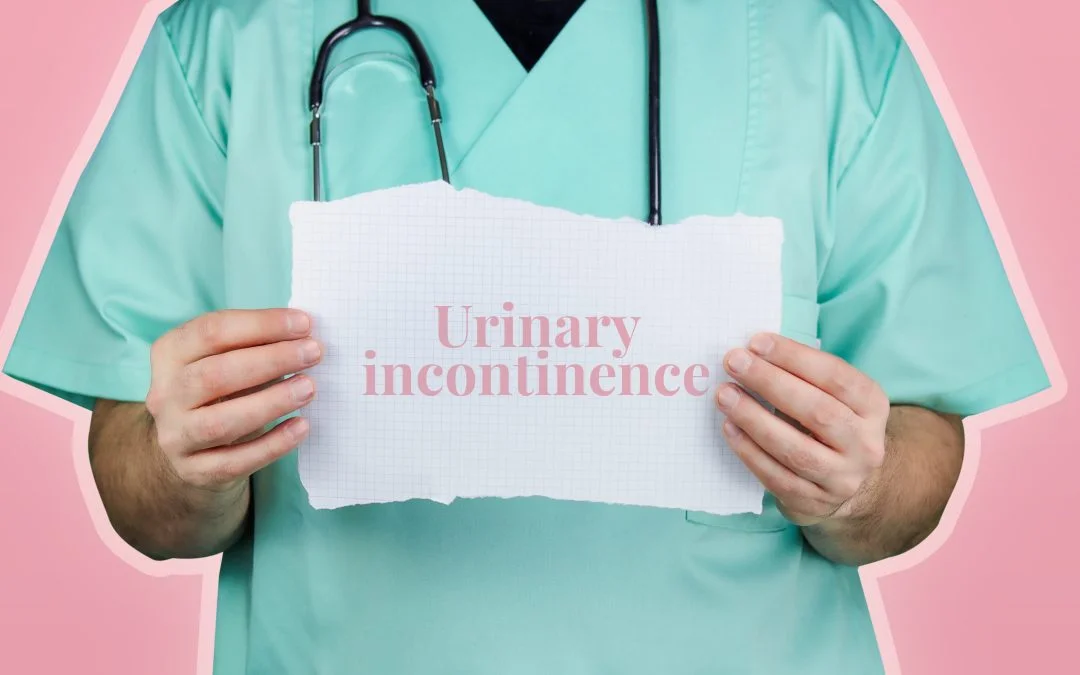
Common Causes of Urinary Incontinence
Urinary
In this guide, we will discuss the most common causes of urinary incontinence and provide tips on how to manage the condition. We’ll also discuss lifestyle changes, medications, and treatments to help you better understand and manage your incontinence. With the right care and attention, you can live a happier, healthier life despite urinary incontinence.
What Is Urinary Incontinence?
Urinary incontinence is the inability to fully control your bladder, which can lead to leakage. It can occur at any age, with the most common causes being menopause, childbirth, changes in the brain due to stroke, neurological disorders, diabetes, or high blood pressure. Urinary incontinence is highly treatable, and it is important to see a doctor to determine the best course of action for you.
Urinary incontinence can be divided into two main types. The first type is when you involuntarily leak urine, such as when you cough, sneeze, laugh or exercise. This is called stress urinary incontinence. The second type is when you feel a strong urge to urinate right when you feel the urge to go. This is called urge urinary incontinence.
Causes of Urinary Incontinence
Urinary incontinence can be a result of many factors, including weakness of the muscles that support the bladder and/or bowel spasms. Physical trauma, like childbirth, injury to the pelvic area, surgery, or a neurological disorder, can also cause urinary incontinence.
Pregnancy and childbirth the majority of women experience some form of urinary incontinence after childbirth, whether it be a little leaking or a lot. This is often due to weakened pelvic floor muscles from the stress of childbirth, as well as the hormonal changes experienced during and after pregnancy. While many women experience urinary incontinence for a few months after birth, there are steps you can take to ease the symptoms.
There is also age. As we age, the muscles in our body naturally weaken, including the muscles of the bladder. This may cause frequent, unintentional urination. However, many people will experience urinary incontinence as they age. Factors such as weight gain and diet can also contribute to urinary incontinence.
Symptoms of Urinary Incontinence
With urge urinary incontinence, you experience a strong sensation to urinate accompanied by an urge to go. Urge urinary incontinence can be caused by a bladder infection, bladder spasms, or a neurological disorder, such as Parkinson’s disease. Urge urinary incontinence is usually accompanied by urgency, frequency, and a feeling of not being able to empty your bladder completely.
Overflow urinary incontinence is when you feel like you have to urinate all the time but are only able to expel a small amount at a time. Overflow urinary incontinence occurs when the bladder is full and the urine cannot exit.
Stress urinary incontinence is when you leak small amounts of urine when you cough, sneeze, laugh or exercise. Stress urinary incontinence is often the result of weakened pelvic floor muscles from childbirth, obesity, or menopause. Stress urinary incontinence can also result from pregnancy, damage to the bladder, or bladder spasms.
Diagnosing Urinary Incontinence
Urinary incontinence can be diagnosed by your doctor through a physical exam and discussion about your symptoms. Your doctor may also recommend a urinalysis and urine culture, as well as a pelvic exam and/or an ultrasound, which can further determine the cause of your incontinence.
If you experience urinary incontinence, it is important to see a doctor. While urinary incontinence is a very common condition, it is important to get it diagnosed and treated as soon as possible. Untreated urinary incontinence can lead to other complications, such as skin irritation from frequent leakage, as well as a risk of contracting a urinary tract infection.
Treatments for urinary incontinence
There are a variety of treatments available for urinary incontinence, depending on the cause. Treatments for urinary incontinence include: Kegel exercises, also known as pelvic floor exercises, and Kegel exercises strengthen the pelvic floor muscles. These are the muscles that support your bladder, uterus, and rectum. To perform Kegel exercises, imagine that you’re trying to stop the flow of urine. Squeeze these muscles for five seconds, then release them for five seconds. Repeat this 10 times a day.
Sometimes medications are used, such as antibiotics, anticholinergics, or diuretics, can be used to treat urinary incontinence that is caused by a bladder infection. Urge urinary incontinence can be treated with antispasmodic drugs, anti-depressants, or muscle relaxers.
There is also pelvic rehabilitation. A pelvic rehabilitation program can help treat urinary incontinence if the cause is the weakness of your pelvic floor muscles. This can be in the form of physiotherapy or occupational therapy, or a home exercise program.
Lastly, surgery is an option. Urinary incontinence can also be treated with surgery, such as a sling procedure or a partial cystoplasty, which involves reconstructing the bladder using parts of the bowel. A sling procedure involves stitching a piece of material to support the bladder, neck, and urethra. A partial cystoplasty is a surgery that involves making a new bladder out of a section of the bowel.
Lifestyle Changes for Urinary Incontinence
There are many steps you can take to help improve your incontinence, such as changing your diet and getting enough exercise. Avoiding caffeine and changing your diet to include a variety of fruits and veggies can help reduce symptoms of frequent urination. Additionally, regular exercise, such as walking, can help strengthen your pelvic floor muscles and reduce the symptoms of urinary incontinence.
There are a few other steps you can take to help manage your incontinence, such as wearing loose-fitting clothing and using absorbent pads or underwear to prevent leakage. You may also consider using a pelvic floor device or a constipation remedy, such as prune juice, to reduce the risk of constipation, which can worsen urinary incontinence.
Medications for Urinary Incontinence
Urinary incontinence can be treated through several medications, including Anticholinergics. Anticholinergics can be used to treat urge urinary incontinence. This treatment is used if you are experiencing depression as a result of your incontinence.
Anticholinergics are used to treat urge urinary incontinence. Anticholinergics work by relaxing the muscles in the bladder and increasing the amount of time it takes for the bladder to fill.
Antispasmodics are another form to treat bladder incontinence. They are used to treat urge urinary incontinence. Antispasmodics reduce the urge to urinate by relaxing the bladder muscles.
Alternative Treatments for Urinary Incontinence
There are many alternative treatments for urinary incontinence, such as acupuncture, yoga, and herbal remedies.
Acupuncture can help relieve pain, stress, and anxiety caused by urinary incontinence. This can lessen the urge to urinate and improve bladder control.
Changing your diet may help reduce symptoms of frequent urination, such as caffeine, artificial sweeteners, and carbonated beverages.
Exercises, such as yoga, can help strengthen pelvic floor muscles, which can help improve bladder control. Exercise can also reduce stress and anxiety, which can help reduce the urge to urinate.
We Understand, and We Will Help You, Z Urology
If you suffer from urinary incontinence, Z Urology is here to help you. Our team of experienced and specialized urologists is dedicated to providing the best possible care for our patients. We understand that urinary incontinence can be embarrassing and uncomfortable, and we are here to offer you the best possible solutions. With our state-of-the-art equipment, we can diagnose and treat a variety of urinary issues, from bladder control to kidney stones.
We also offer treatments such as pelvic floor therapy and biofeedback to help patients regain control of their bladder. With our personalized approach and commitment to patient care, you can be sure you will receive the most effective treatment for your specific condition. So don’t suffer in silence. If you are dealing with urinary incontinence, we can help you. Give Z Urology a call today and get back to living your life without the worry of urinary mishaps.


Recent Comments